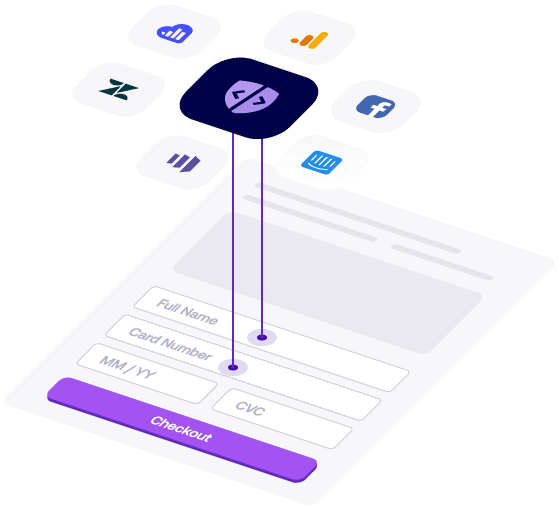Supply chain attack – A supply chain attack, also called a value chain or third-party attack, occurs when your system is infiltrated through an outside partner or provider with access to your systems and data.
THIS type of cyberattack targets less secure elements within an organization’s supply chain to compromise a larger system. Instead of directly attacking the primary target, attackers infiltrate a third-party vendor, supplier, or service provider that the target organization relies on. Once the attacker compromises the third party, they can then leverage that access to spread malware, steal data, or disrupt operations within the primary target’s environment.
Key Aspects of a Supply Chain Attack:
- Indirect Targeting: Attackers focus on third-party vendors, contractors, or software suppliers who may have weaker security measures, using them as a pathway to the primary target.
- Widespread Impact: Since many organizations often use the same third-party services or software, a single supply chain attack can impact a large number of companies simultaneously.
- Hard to Detect: These attacks are often difficult to detect because they exploit trusted relationships and integrate into normal operations, making it harder for organizations to recognize the threat.
- Types of Supply Chain Attacks:
- Software Supply Chain Attacks: Attackers compromise software or updates provided by third-party vendors, leading to widespread distribution of malicious code (e.g., the SolarWinds attack).
- Hardware Supply Chain Attacks: Malicious components are inserted into hardware devices during manufacturing or distribution, which can later be used to gain access to systems (e.g., compromised network equipment).
- Service Supply Chain Attacks: Targeting third-party service providers, such as managed service providers (MSPs), to gain access to their clients’ networks.
Notable Examples:
- SolarWinds Attack (2020): Attackers compromised the SolarWinds Orion software, which was used by numerous government agencies and businesses, enabling the attackers to inject malware into the systems of thousands of SolarWinds customers.
- Target Breach (2013): Attackers gained access to Target’s network by compromising a third-party HVAC vendor, leading to the theft of 40 million credit and debit card records.
- Polyfill.io Breach (2024): Hackers compromised the Polyfill.io service, used by over 100,000 websites, to inject malicious code, redirecting users to malicious sites.


